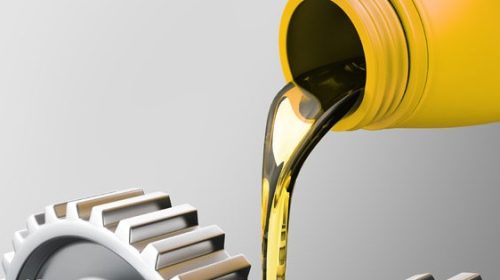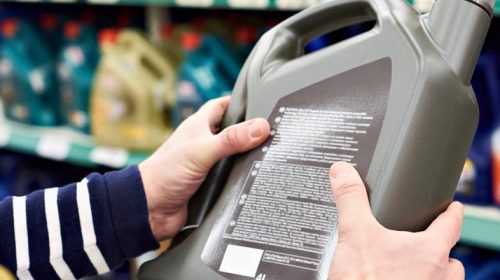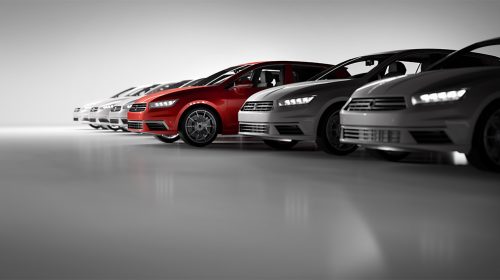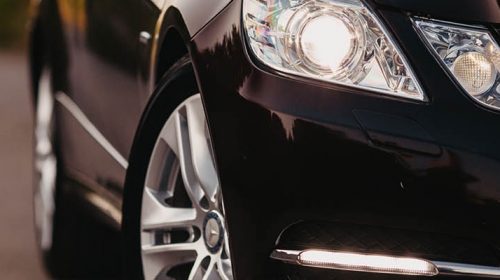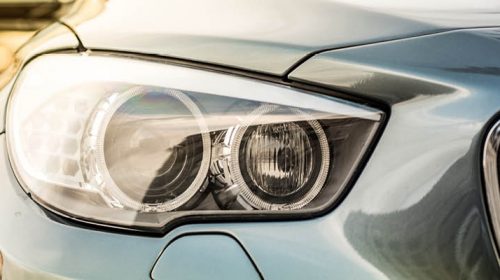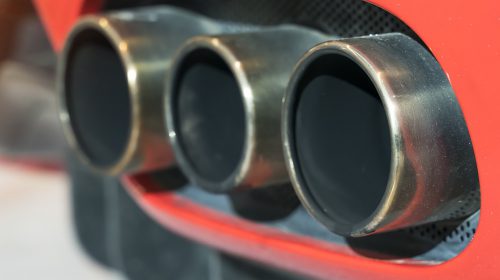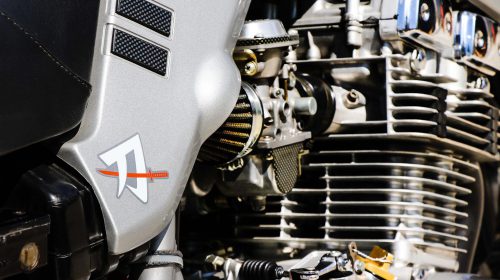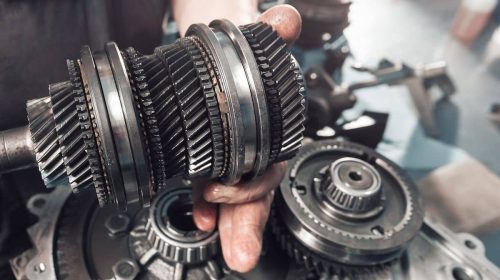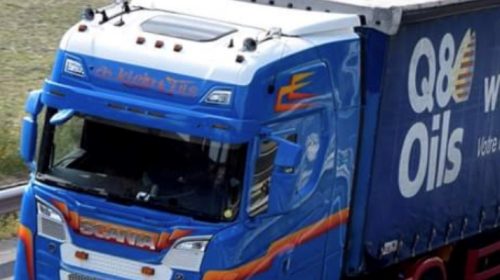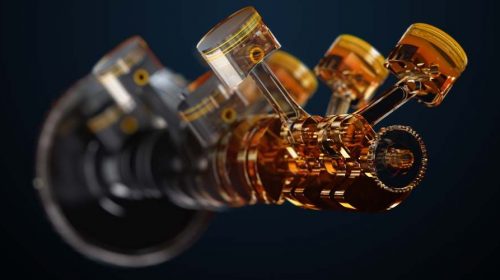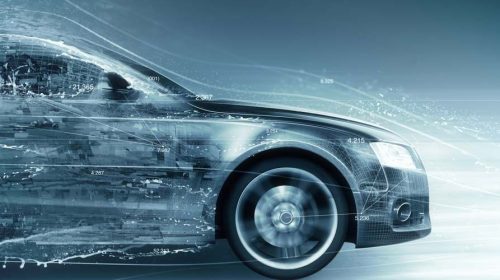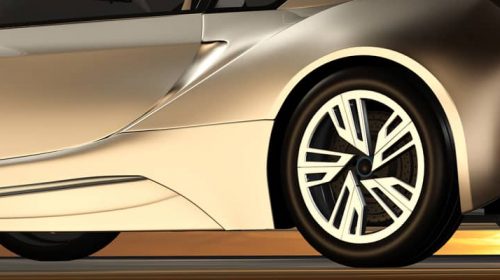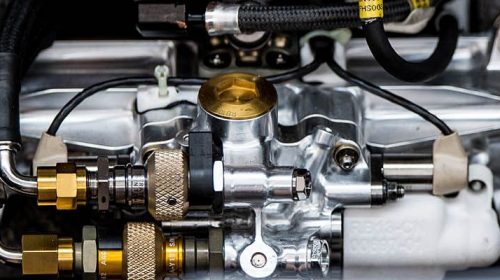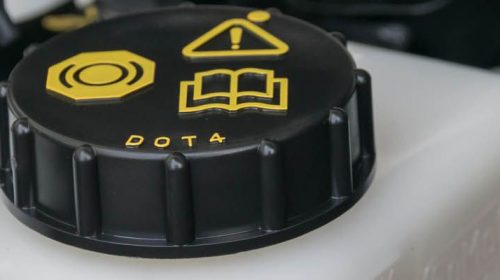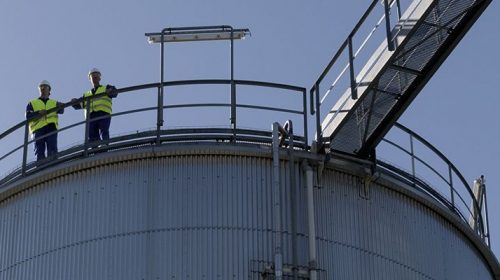The 2025 edition of the world’s most famous endurance race, the 24 Hours of Le Mans, has come to a close.
The 93rd edition, held on June 14 and 15, 2025, on the legendary 13.6 km Circuit de la Sarthe, delivered emotions, plot twists, and unforgettable achievements across all classes.
The cars competing were divided into three main classes: Hypercar, LMP2, and LMGT3, each with specific technical and sporting regulations. These categories represent different engineering philosophies but share a common goal: to make it to the end — as fast and as efficiently as possible — after 24 consecutive hours of racing.
Access to the 24 Hours of Le Mans, in addition to being guaranteed for teams entered in the FIA World Endurance Championship (WEC), is by invitation only to the best winning teams of the European Le Mans Series (ELMS), of the LMP2 and LMGT3 categories of the Asian Le Mans Series (ALMS), and of the Bronze Cup of the combined Endurance and Sprint championship of the GT World Challenge Europe (GTWCE).
Hypercar: Ferrari claims a legendary hat-trick
The Hypercar class — featuring major manufacturers such as Ferrari, Toyota, Porsche, Peugeot, Cadillac, Alpine, and BMW — saw Italian dominance. The overall victory, after completing 387 laps, went to the Ferrari 499P #83 of AF Corse, driven by Robert Kubica, Yifei Ye, and Phil Hanson.
This marks Ferrari’s third consecutive win at Le Mans, each achieved with a different driver line-up — a true testament to technical excellence and continuity.
LMP2: fierce battle to the final lap
The LMP2 category, reserved for private teams running Oreca-Gibson prototypes, saw intense moments all the way to the finish.
Victory went to the #43 Inter Europol Competition car (Yelloly, Dillmann, Śmiechowski), thanks to a decisive overtake 16 minutes from the end, after recovering from a penalty.
Also on the overall podium were VDS Panis Racing, while the AO by TF #199, winner of the PRO AM category, finished third.

In the LMP2 PRO AM category, our Q8Oils flag-bearer shines: Giorgio Roda, alongside Bent Viscaal and René Binder, drove the #11 Proton Competition car.
The trio, who normally compete in the European Le Mans Series, proved their worth in one of the most hard-fought editions ever and can be proud of their performance in the LMP2 class.
In front of 332,000 spectators, the three drivers delivered an extraordinary performance: flawless driving, consistent pace, and perfect management of every phase of the race. Always inside the top 10, they crossed the finish line sixth overall in LMP2 and, most importantly, third in the PRO AM class, securing a well-deserved and prestigious podium finish.
An achievement of absolute prestige for Giorgio Roda and Q8Oils in the most important race in the endurance world — a symbol of authentic passion.
A shared emotion that confirms Q8Oils’ vibrant and ambitious presence at the heart of international motorsport.
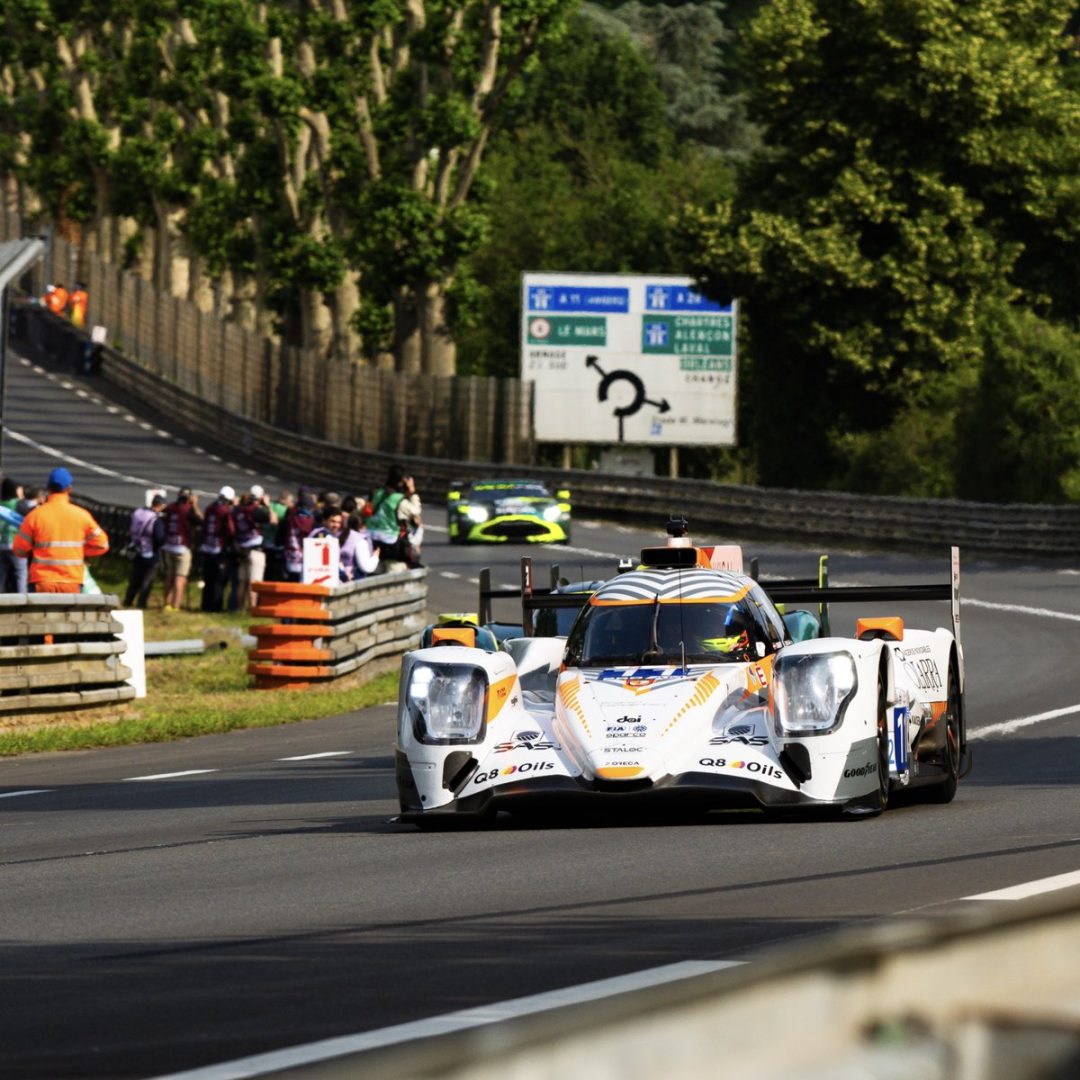
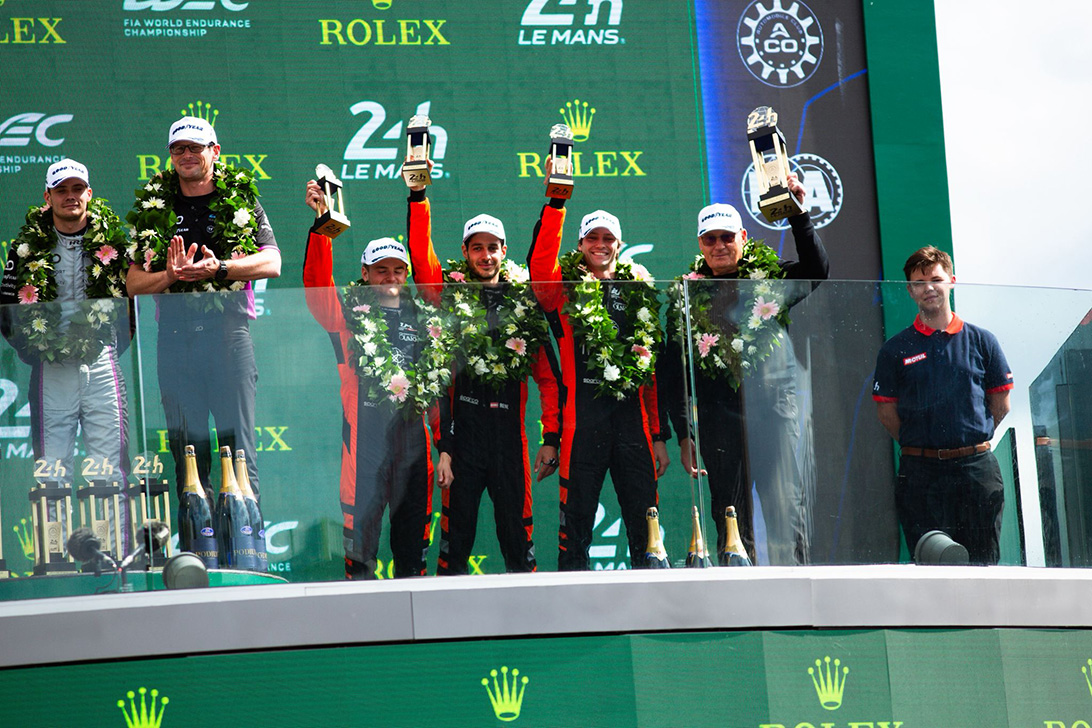
The LMGT3 class
LMGT3 is the new grand touring class, introduced in 2024 to replace the former GTE category. The cars are based on FIA-homologated GT3 road models, adapted for endurance racing under ACO regulations.
Racing in this class are vehicles such as the Ferrari 296 GT3, Porsche 911 GT3 R, Aston Martin Vantage, Lamborghini Huracán, BMW M4 GT3, McLaren 720S GT3, Lexus RC F GT3, and many more.
Each crew must include at least one non-professional driver (Bronze or Silver), making the class highly diverse and unpredictable.
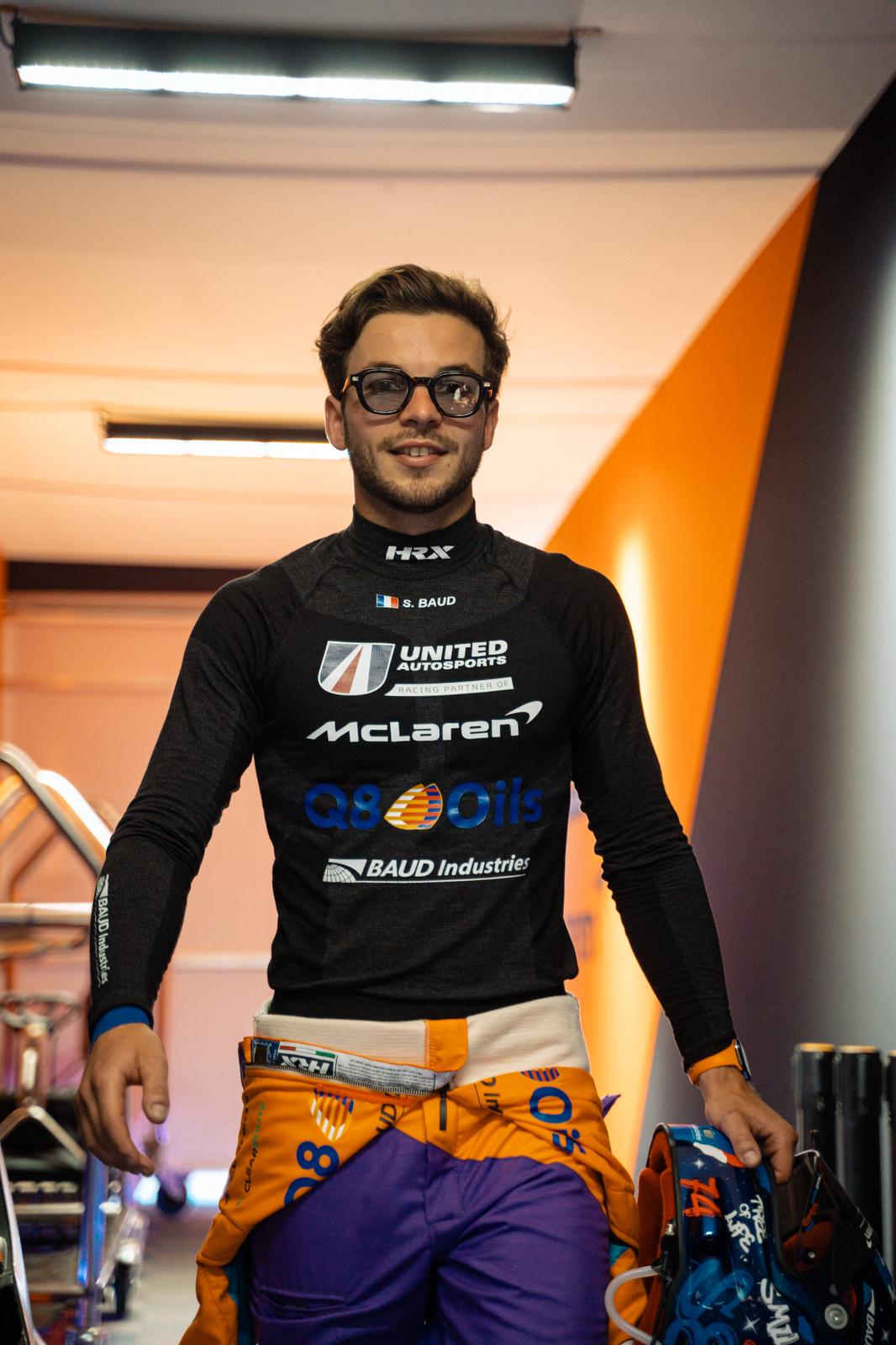
Representing Q8Oils in LMGT3 was Sébastien Baud, at the wheel of the McLaren #59 of United Autosports, alongside Grégoire Saucy and James Cottingham.
After starting from 11th position, with a solid pace, everything seemed to be aligning for a top-5 finish. But as is often the case,fate had other plans.
Early in the race, they were hit with a minor time penalty due to a strategic misstep on the engineering side. Despite precious seconds being lost, they made up the deficit during the night with consistent driving from the whole crew. So, by morning, everything was back on track.
However, around midday, during one of Sébastien’s longer stints, trouble struck. The gearbox began to fail; first and second gear were no longer accessible. With the already difficult track, the team made the decision to bring the car in for a full inspection which would cost them five to six laps. After the pit stop, the car was back on track.
But just two hours later, disaster struck again: an electronic failure brought the car to a halt.
The team had completed 23 grueling hours of racing, with just one hour left on the clock. And though this chapter ended in frustration, the story is far from over.
















